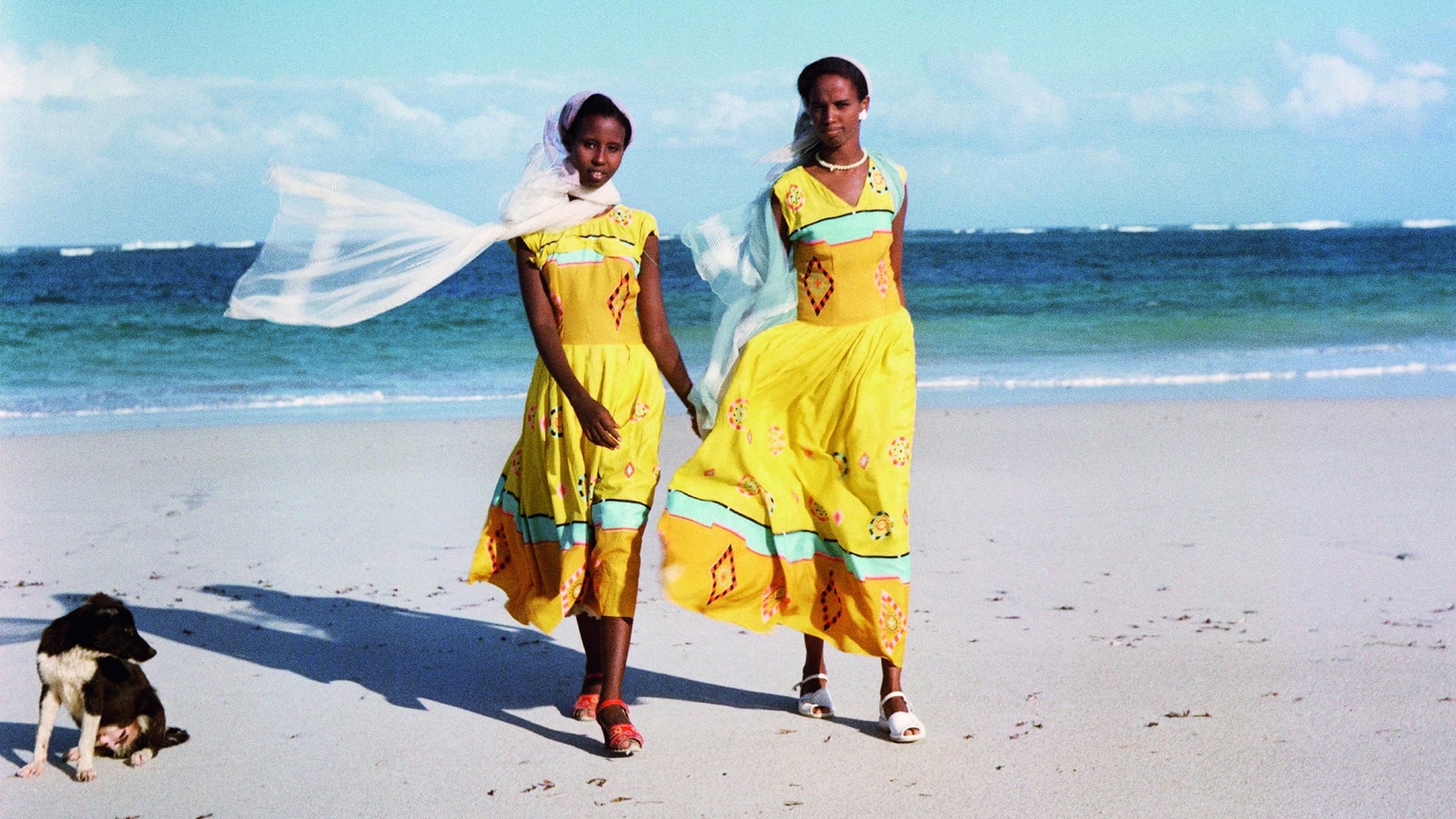Recently rediscovered photographs from Todd Webb’s five-month trip to Africa offer a look at the relationship between independence and imperialism in the Global South.

You’re getting blind.
Don’t miss the best of visual arts. Subscribe for $9 per month or $108 $90 per year.
Already suscribed ?
Read on: Being LGBTQ in East Africa



